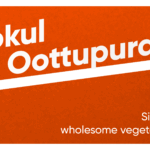Mark your calendars—June 12th is International Falafel Day, a global celebration dedicated to one of the most beloved street foods in the world. What started as a humble Middle Eastern snack has transformed into an international culinary icon, making its way into food trucks, restaurants, and kitchens across the globe.
Falafel, those golden-brown, crispy chickpea (or fava bean) fritters, have won millions’ hearts—and appetites. From the bustling souks of Cairo to the hip food markets of Brooklyn, this savory delight continues to bridge cultures, offering a perfect bite of flavor, tradition, and comfort. But how did this modest food become a global phenomenon? And how do people celebrate it each year? Let’s find out.
How People Celebrate International Falafel Day

On World Falafel Day, food lovers around the world unite to honor this iconic dish. The celebration is as diverse as the dish itself, with people indulging in their favorite versions or even trying it for the first time.
Here’s how fans typically celebrate:
- Ordering from local joints or food trucks, especially those offering regional twists.
- Hosting parties with friends and family—complete with pita bread, hummus, tabbouleh, pickled veggies, and a variety of sauces.
- Experimenting in the kitchen, trying out homemade falafel using chickpeas, herbs, and spices.
- Posting pics on social media with hashtags like #InternationalFalafelDay and #FalafelLover.
Restaurants and food delivery apps often jump in on the fun, offering discounts or special-themed menus to mark the occasion.
What Makes Falafel So Addictive and Delicious?

1. Crispy on the Outside, Tender on the Inside
The secret to a great dish lies in the texture. A perfect falafel ball or patty should be crispy and golden on the outside, yet soft, moist, and fluffy on the inside. This contrast makes every bite satisfying, especially when tucked into a warm pita or paired with fresh salad.
2. A Flavor Explosion: Spices, Herbs, and More
Its irresistible taste comes from its unique blend of ingredients—ground chickpeas or fava beans, garlic, onion, fresh herbs like parsley and cilantro, and spices such as cumin, coriander, and paprika. This combo creates a complex, savory profile with a slight kick, making it truly crave-worthy.
3. Perfect for Customization: From Pita to Bowls
Another reason for the dish’s global popularity is its versatility. You can:
- Wrap it in pita bread with veggies and tahini.
- Serve it over a grain bowl with quinoa or couscous.
- Use it as a meat-free burger patty.
- Pair it with sauces like hummus, tzatziki, harissa, or garlic mayo.
Whether you’re vegan, vegetarian, or a meat lover looking for a change, falafel fits right in.
Famous Falafel Variations Around the World
1. Egyptian Ta’ameya
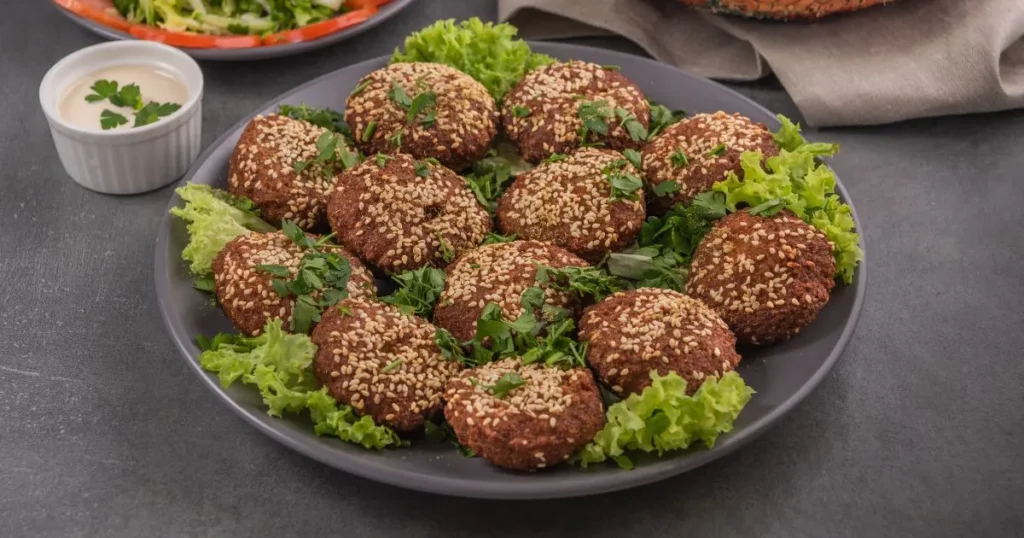
Falafel’s roots trace back to Egypt, where the original version is Ta’ameya. Made primarily with fava beans instead of chickpeas, the Egyptian version often includes leeks and fresh dill, giving it a distinct green hue and earthy flavor. It’s usually served in baladi bread (a type of Egyptian pita) and topped with eggplant, pickles, and tahini sauce.
2. Israeli Falafel
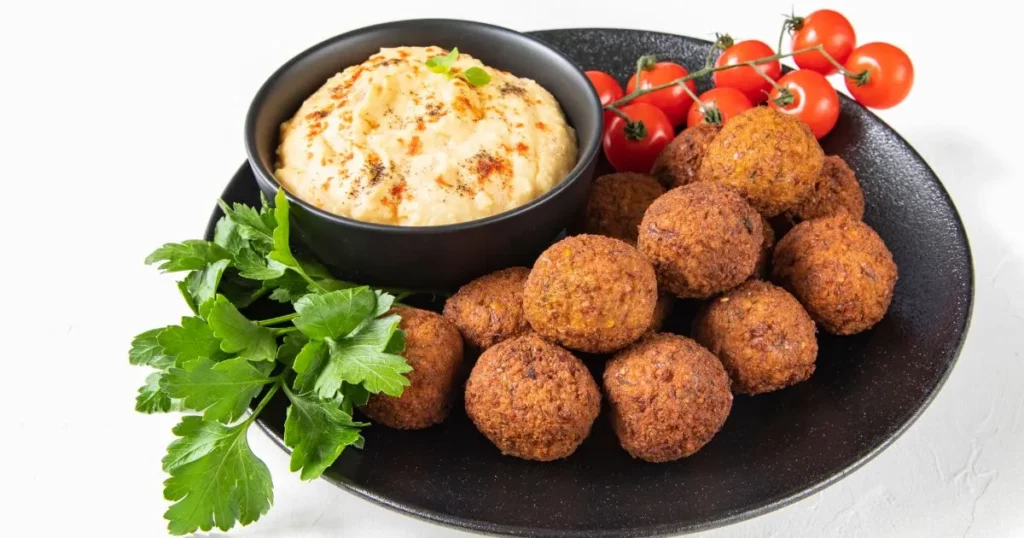
In Israel, it is practically a national dish. Israeli balls are typically made from chickpeas and heavily seasoned with herbs. They’re commonly served in fluffy pita pockets filled with crunchy vegetables, pickled cabbage, and creamy amba (a tangy mango pickle sauce). It’s a bold and bright version with serious crunch.
3. Lebanese Falafel
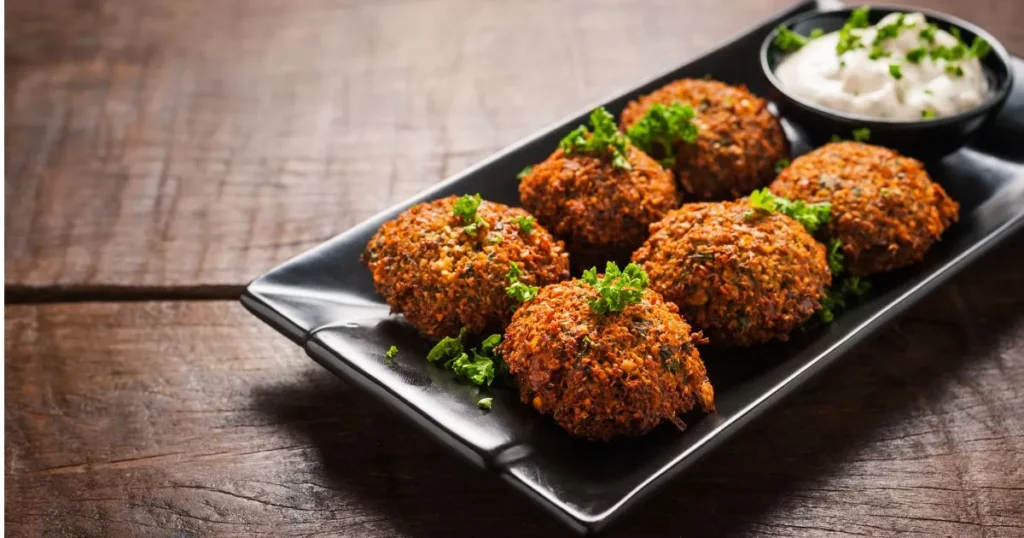
The Lebanese version is known for its delicate texture and use of both chickpeas and fava beans. It’s often served in thin flatbread wraps with fresh mint, radish, parsley, pickled turnips, and a generous drizzle of tarator (a garlicky tahini sauce). Light, herby, and flavorful, this is a fan favorite in the Levant.
4. Syrian Falafel
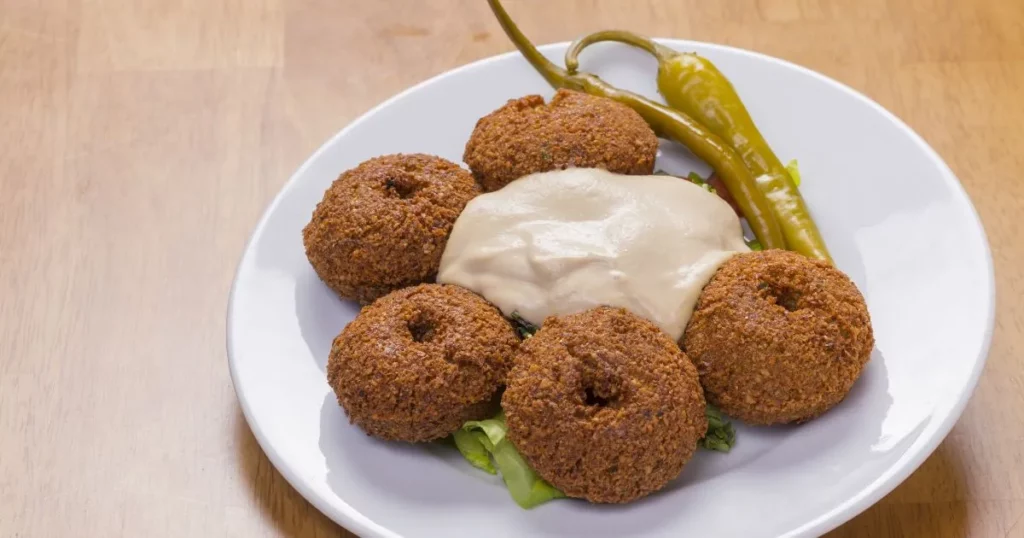
The Syrian version is similar to the Lebanese variety but is often stuffed with a bit of spice or even nuts before frying. In Syria, it is commonly served with tomato-based sauces, pickles, and fresh veggies, usually wrapped in soft Arabic bread.
5. American Falafel
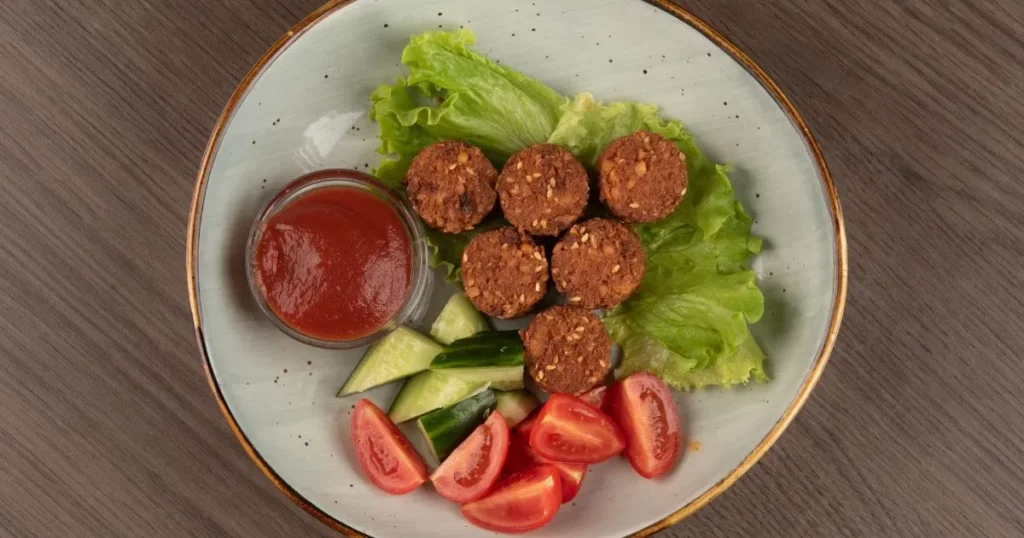
The American take on the dish is all about fusion. You’ll find falafel burgers, tacos, pizza—even salads. Food trucks and vegan spots across the U.S. have embraced falafel, often blending it with local ingredients or giving it bold twists like buffalo or BBQ wraps.
Celebrate International Falafel Day! Order Fresh Falafel from Your Local Restaurant

Feeling hungry yet? This Day is the perfect excuse to treat yourself to this flavorful, crunchy, satisfying street food. Whether you’re craving a classic pita wrap or want to try a modern bowl or burger version, your local joint has you covered.
Can’t head out? No worries—food delivery apps like Swiggy make it easy to get falafel or order wraps online straight to your door. Support your neighborhood eateries, try a new variation, or just enjoy your old favorite—it’s all part of the celebration. Search “snacks delivery near me” and get your favourite food at your doorstep.
Conclusion
This is more than just a snack—it’s a story. A story of migration, culture, flavor, and innovation. From its likely origins in Egypt to its reinvention in countries around the world, it continues to evolve while staying true to its roots. National Falafel Day is a moment to honor this humble street food that brings people together—crispy ball by crispy ball.
So, on June 12th, celebrate the dish’s crunchy, herby, golden glory. Try a new recipe, support a local vendor, or simply enjoy the comfort of a warm wrap. Trust us—your taste buds will thank you.
FAQ
1. Where did falafel originate?
Its exact origin is debated, but many food historians believe it originated in Egypt as Ta’ameya, made from fava beans. It spread across the Middle East and was adapted to different countries using chickpeas, herbs, and spices.
2. What are some good sauces to serve with falafel?
It pairs beautifully with a variety of sauces. Popular options include Tahini sauce, Hummus Tzatziki, and Garlic mayo.
3. Is falafel healthy?
Yes, it can be a healthy, plant-based protein source, especially when baked instead of fried. It’s high in fiber, protein, and nutrients from chickpeas or fava beans and herbs. However, deep-fried versions should be enjoyed in moderation.
Author Bio
Satisfying your cravings, one bite at a time. Discover the best eats, trends, and uncover the hidden gems with us to make your online ordering or dining experience a memorable one.





